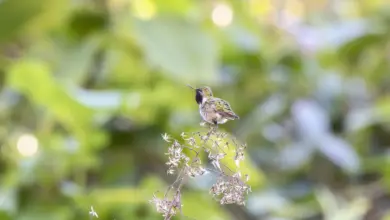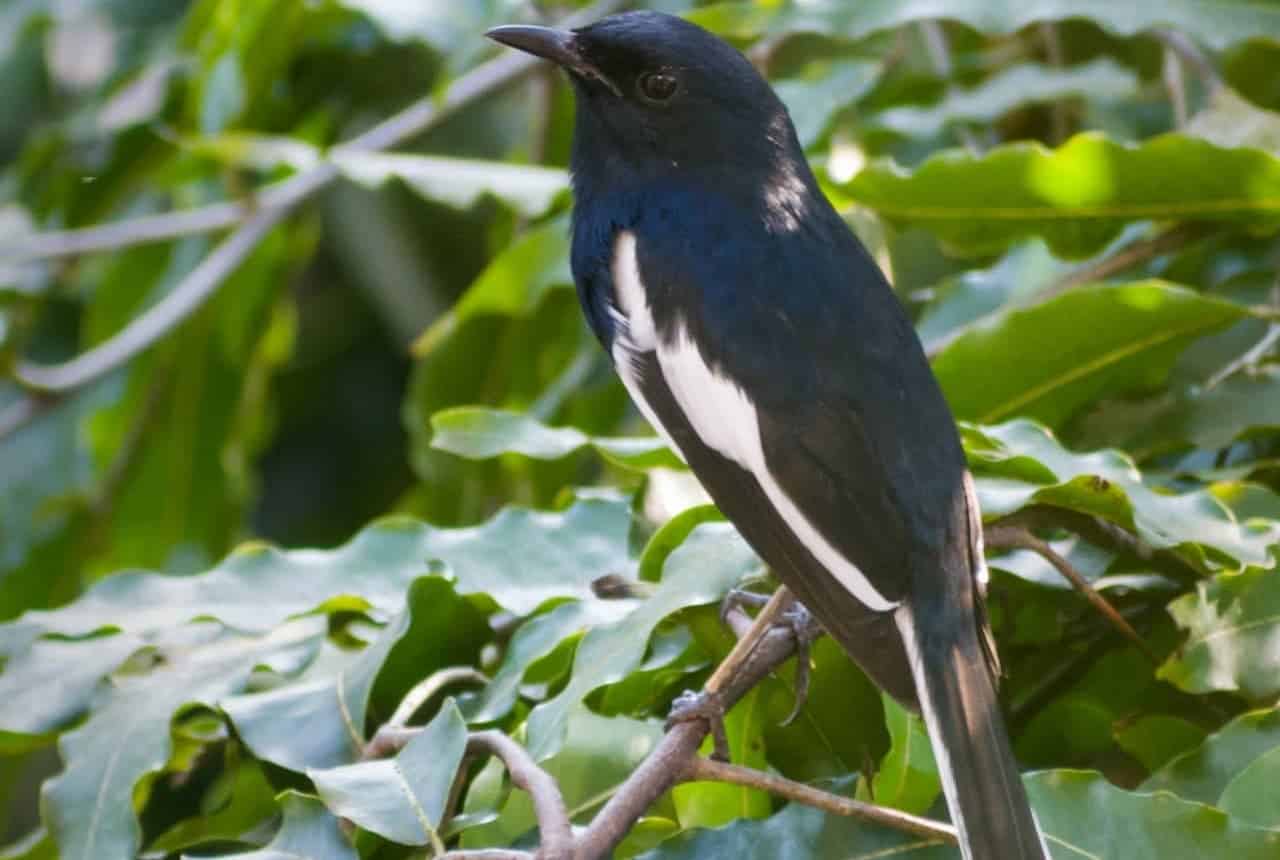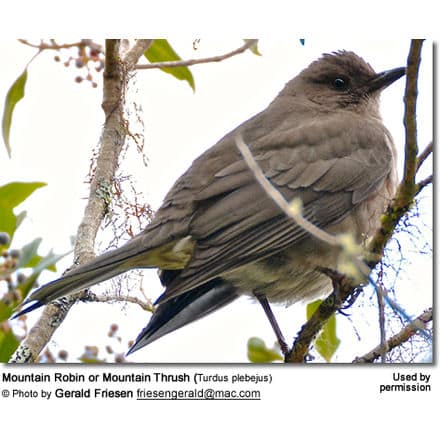Boreal Chickadee (Parus hudsonicus)
Boreal Chickadee (Parus hudsonicus)
The Boreal Chickadee, Parus hudsonicus or Poecile hudsonica, is a small songbird that occurs in the coniferous woods in Canada, Alaska, and the northern edges of the United States. For the most part, they are permanent residents but may move south in winter.
They often form small feeding flocks – joining up with other small birds in winter.
Description:
They have grey-brown upper parts with a brown cap, greyish, short wings, and long notched tails. The face is mostly grey with white on the sides and the throat is black. They have a short dark bill. Their underparts are white with brown on the flanks.
Nesting / Breeding:
Pairs mate for life. They nest in a hole in a tree; the pair excavates the nest, which could be a natural tree cavity or sometimes an old woodpecker nest.
Diet / Feeding:
These birds forage on conifer branches or probe into the bark. They mainly eat insects and seeds. They will store food for later use.
Call / Vocalization:
The call is a husky tsik-a-dee-dee, a variant of the call that gives chickadees their name.





